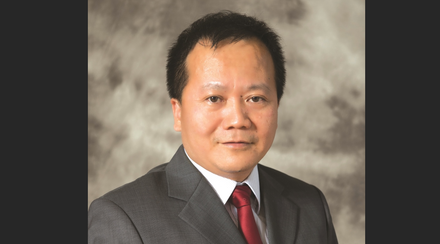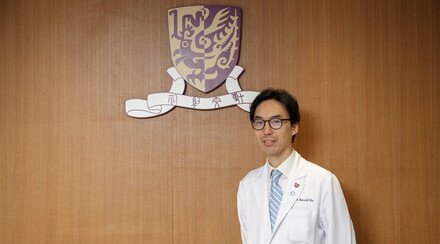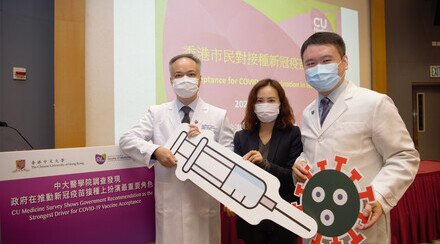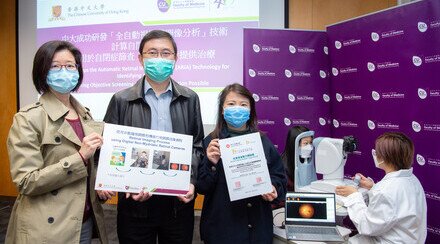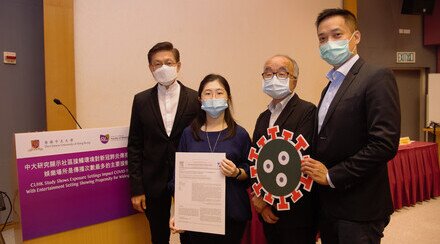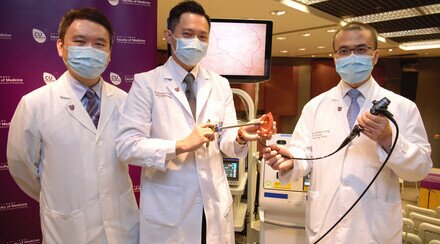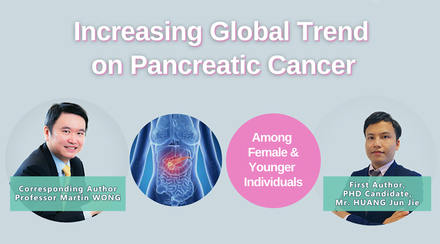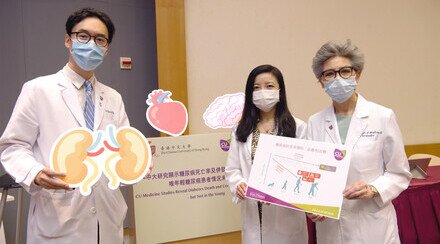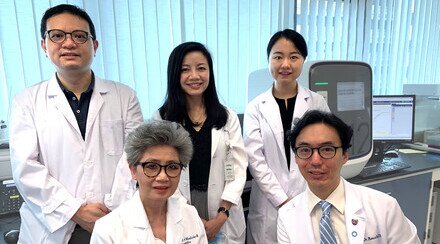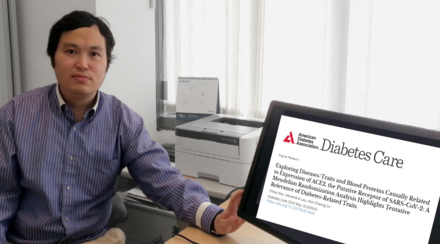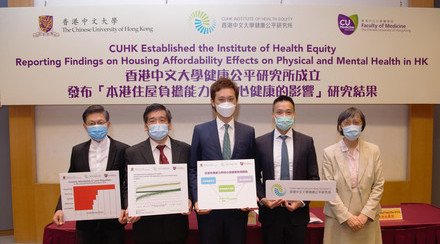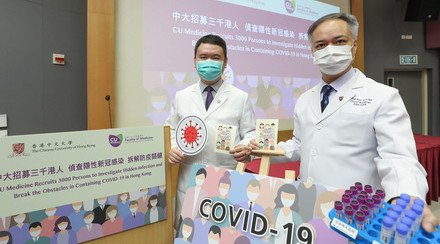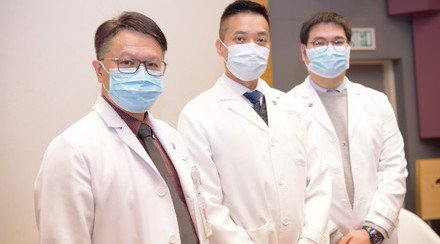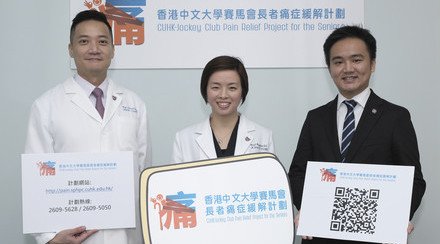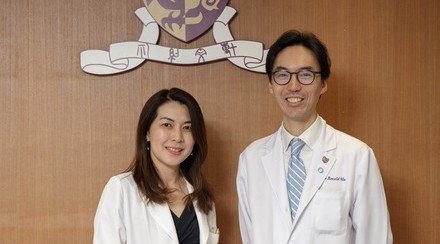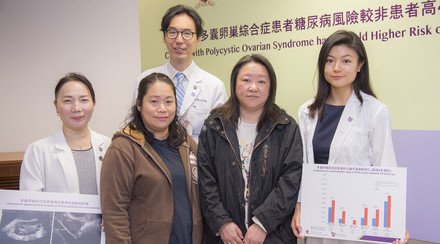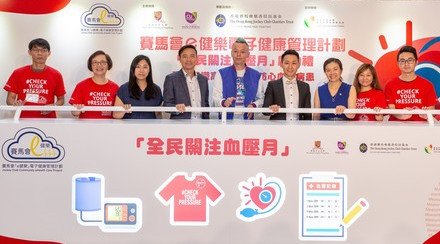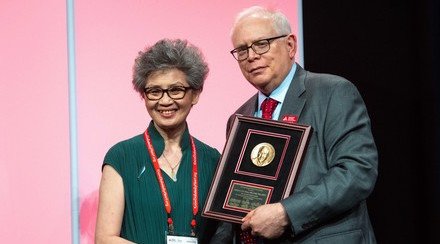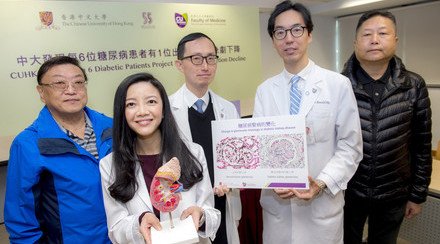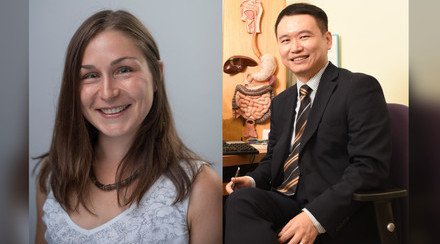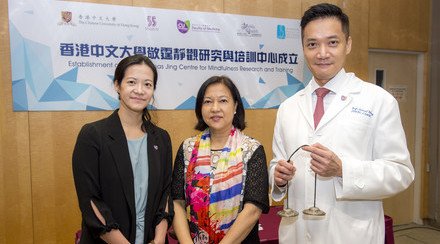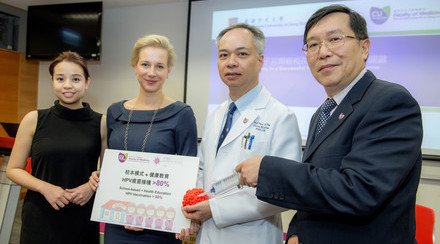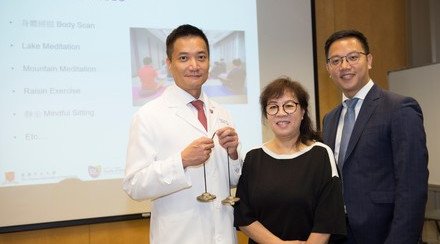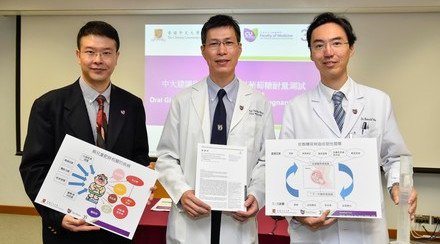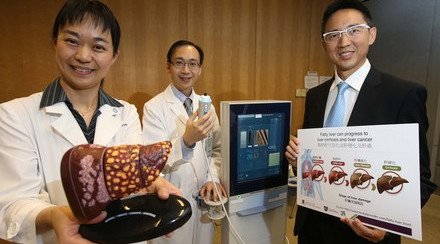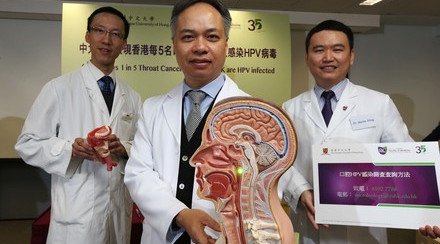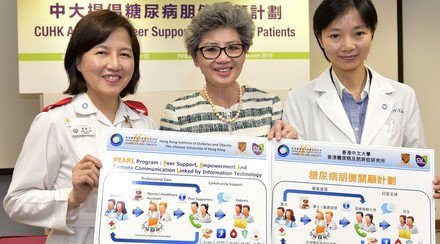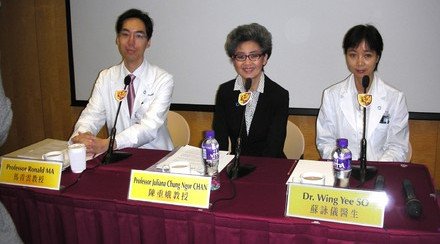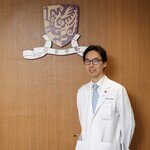CUHK Study Shows Regular Exercise Is a Safe Diabetes Prevention Strategy For People Living in Polluted Regions
An increasing body of evidence is revealing that there is a new risk of developing of type 2 diabetes from air pollution. To investigate the risk-benefit relationship between air pollution and physical activity for people residing in polluted regions, The Jockey Club School of Public Health and Primary Care of the Faculty of Medicine at The Chinese University of Hong Kong (CU Medicine) has recently analysed the data from around 160,000 adults. Results showed that people with high physical activity and low exposure to particulate matter with an aerodynamic diameter less than 2.5 μm (PM2.5) had a 64% lower risk of type 2 diabetes than those who were physically inactive and with high exposure to PM2.5. However, the benefits of regular physical activity for diabetes remained, regardless of the levels of PM2.5 exposure. These indicated that regular activity is a safe diabetes prevention strategy.
This is the first study that investigated the combined effects of regular physical activity and chronic exposure to PM2.5 on the development of type 2 diabetes. The results have just been published in Diabetologia (the journal of the European Association for the Study of Diabetes).
In every 10 people in Hong Kong, one is with diabetes
Type 2 diabetes is a global public health problem. There are 463 million adults living with diabetes worldwide and 90% of them have type 2 diabetes1. In Hong Kong, there are some 700,000 diabetic patients, representing 10% of the city’s total population2.
Although physical activity can prevent diabetes, it may increase the inhalation of air pollutants due to high ventilation and exacerbate the adverse health effects of air pollution. To investigate the combined associations of regular physical activity and chronic exposure to air pollutant PM2.5 with the development of type 2 diabetes, researchers from CU Medicine have analysed the data from 156,314 adults who joined an ongoing cohort between 2001 and 2016 in Taiwan.
Diabetes diagnoses were identified from medical examinations, while two-year mean PM2.5 exposure was estimated at each participant’s residential address using a satellite-based model. Information on physical activity at leisure time was collected using a standard self-administered questionnaire. In terms of the intensity and duration of the physical activity, the participants were grouped into three categories: inactive or low physical activity (<0.6 MET-h/week 3), moderate physical activity (0.6 to 9.8 MET-h/week 4) and high physical activity (>9.8 MET-h/week 5).
Participants with high physical activity and low PM2.5 had a 64% lower risk of type 2 diabetes
From the analysis, the researchers found that high levels of regular physical activity combined with low levels of chronic PM2.5 exposure were associated with a lower risk of developing type 2 diabetes, whereas low levels of regular physical activity combined with high levels of chronic PM2.5 exposure were associated with a higher risk of developing type 2 diabetes. Overall, participants with high physical activity and low PM2.5 had a 64% lower risk of type 2 diabetes than those with low physical activity and high PM2.5.

Dr. Cui GUO
Dr. Cui GUO, first author of the study and Postdoctoral Fellow from The Jockey Club School of Public Health and Primary Care at CU Medicine, added, “Our findings show that the benefits of regular physical activity to type 2 diabetes sufferers remained stable in participants with different levels of PM2.5 exposure. This suggests that regular physical activity is a safe strategy for diabetes prevention for people who reside in relatively polluted areas and it should be promoted.” Dr. Guofurther pointed out, “Our study reinforces the importance of air pollution reduction for diabetes prevention.”
It is known that PM2.5 exposure was associated with systemic inflammation which can lead to early glucose dysmetabolism and thus the development of diabetes. On the other hand, a previous study showed that pollutants inhaled during exercise are only a small fraction of the total inhaled air pollutants. This explains why the effect of physical activity on diabetes risk is similar even in different levels of pollution.
International collaboration between Hong Kong, Taiwan and the Netherlands, led by CUHK
This research is a CUHK-led international collaboration with Utrecht University, the Netherlands; Academia Sinica in Taiwan; and the Hong Kong University of Science and Technology. Data used in this study is from Taiwan, where the annual PM2.5 concentration is 2.6 times the limit recommended by the World Health Organization guideline. The research team believes the findings are of high reference value for Hong Kong.
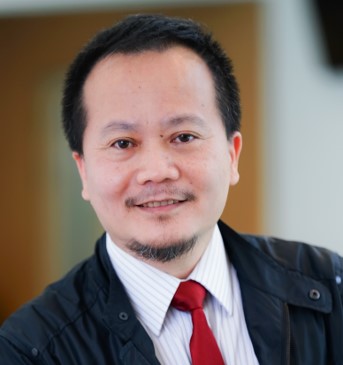
Professor Xiang Qian LAO
Professor Xiang Qian LAO, Associate Professor from The Jockey Club School of Public Health and Primary Care at CU Medicine, explained, “It is difficult to conduct this kind of study in Hong Kong as the city has a relatively small land area and lacks general population cohorts with detailed medical information. This international collaborative study investigated the underlying relationship of habitual exercise and air pollution with the development of diabetes. The research findings provide scientific evidence on how to balance the benefits of exercise and the harmfulness of air pollution for people residing in polluted regions. Both Hong Kong and Taiwan are Chinese societies with similar cultures and similar levels of air pollution. The research findings will be very useful for developing physical activity promotion guidelines and air pollution control policy in not only Taiwan and Hong Kong but also worldwide.”
This study targeted the combined health effects of regular exercise and chronic exposure to air pollution. “It does not suggest that exercising over a short particularly polluted time period is a better option than not exercising, especially for those vulnerable people.” Professor Lao added.
The combined effects of habitual exercise and air pollution on other health outcomes
Air pollution is associated with a broad spectrum of human diseases. In addition to type 2 diabetes, the research team also investigates the combined effects of habitual exercise and air pollution on other health outcomes including hypertension, lung function, dyslipidaemia, chronic kidney disease and mortality. They have completed data analysis on hypertension and lung function. The corresponding research findings have been published in the top medicine journals Circulation6 and BMC Medicine7. They found that regular exercise is also a safe prevention strategy for hypertension and impaired lung function for people residing in polluted regions.
The above studies are supported by University Grant Committee of Hong Kong - General Research Fund.
1 International Diabetes Federation Diabetes Atlas: https://www.diabetesatlas.org/en/
2 Hospital Authority https://www21.ha.org.hk/smartpatient/SPW/en-us/Disease-Information/Disease/?guid=c73a0386-fe66-42eb-a979-7619ac8359da
3 <0.6 MET-h/week represents a participant who took less than 0.2 hours of light intensity physical activities (e.g. walking) per week, or less than 0.1 hours of moderate intensity physical activities (e.g. brisk walking) per week, or an equivalent combination.
4 0.6 to 9.8 MET-h/week represents a participant who took 0.2-3.9 hours of light intensity physical activities (e.g. walking) per week, or 0.1-2.2 hours of moderate intensity physical activities (e.g. brisk walking) per week, or 0.1-1.5 hours of medium-vigorous intensity physical activities (e.g. jogging) per week, or 0.1-1.2 hours of high-vigorous intensity physical activities (e.g. running) per week, or an equivalent combination.
5 >9.8 MET-h/week represents a participant who took >3.9 hours of light intensity physical activities (e.g. walking) per week, or >2.2 hours of moderate intensity physical activities (e.g. brisk walking) per week, or >1.5 hours of medium-vigorous intensity physical activities (e.g. jogging) per week, or >1.2 hours of high-vigorous intensity physical activities (e.g. running) per week, or an equivalent combination.
6 Guo C, Zeng Y, Chang LY, et al. Independent and opposing associations of habitual exercise and chronic PM2.5 exposures on hypertension incidence. Circulation 2020; 142 (7), 645-656 available at https://www.ahajournals.org/doi/full/10.1161/CIRCULATIONAHA.120.045915
7 Guo C, Bo Y, Chan TC, et al. Does Fine Particulate Matter (PM2.5) Affect the Benefits of Habitual Physical Activity on Lung Function in Adults: A Longitudinal Cohort Study BMC Medicine 2020; 18:134. Available at https://bmcmedicine.biomedcentral.com/articles/10.1186/s12916-020-01570-5


